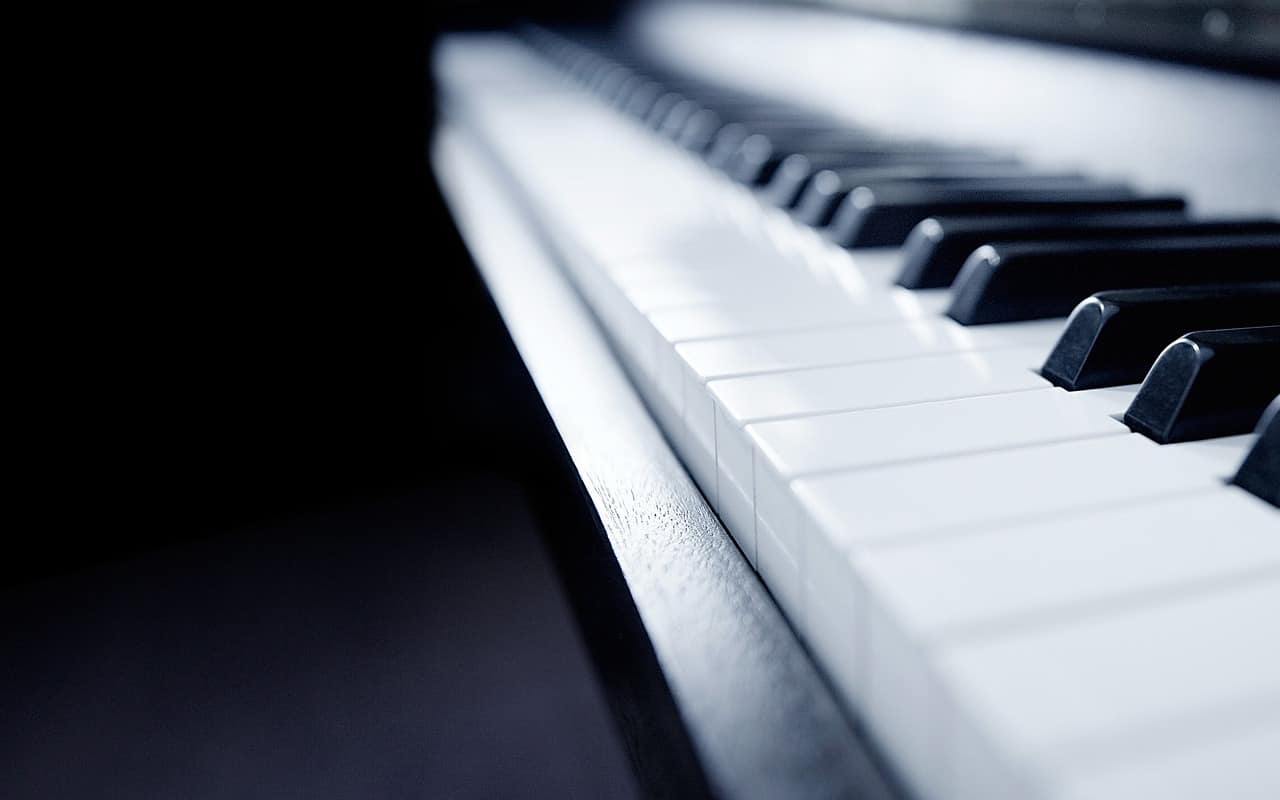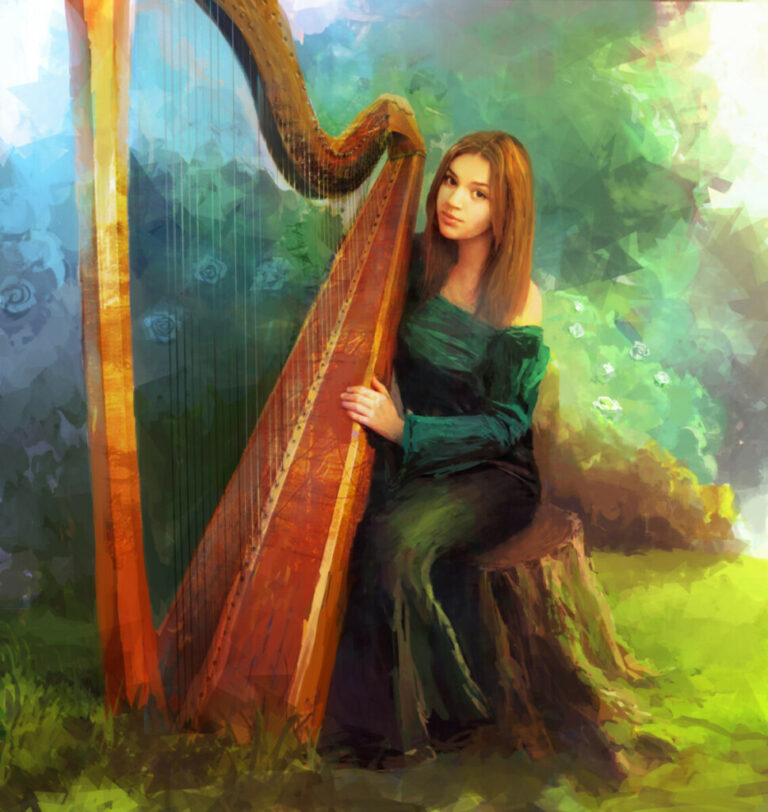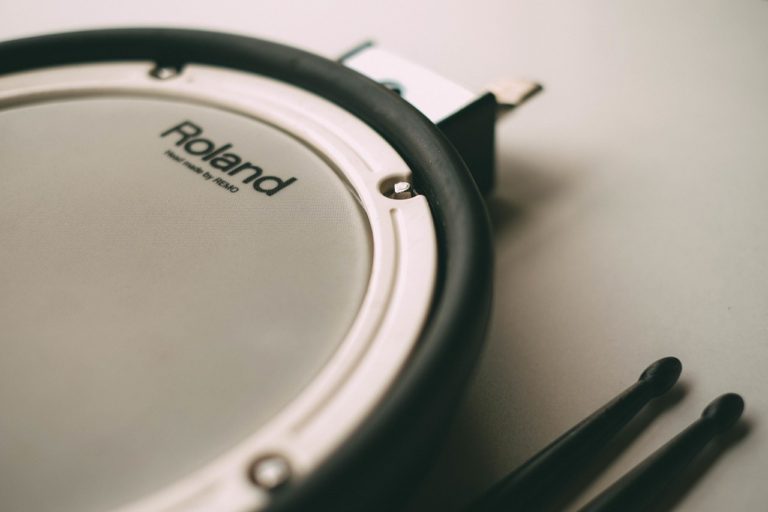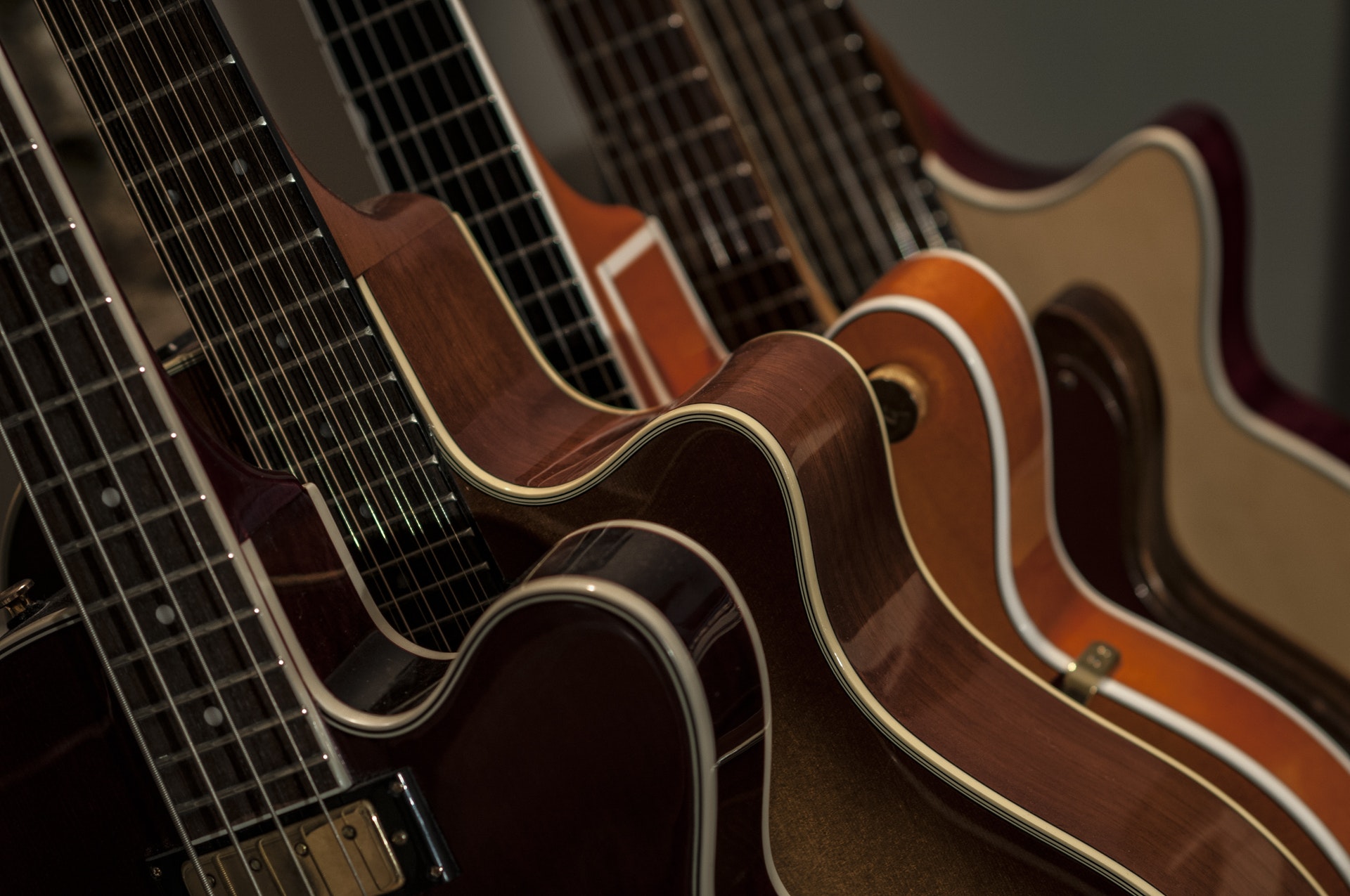Do All Pianos Have 88 Keys?
Pianos are beautiful key-based instruments that hide their strings beyond a wonderful frame. The standard piano is known for its wide board, which supports 88 keys. The shorter variants exist, but do they count as pianos? Do all pianos have 88 keys?
No, not all pianos have 88 keys. The first piano ever made had 49 keys, and the largest had 108. Most professional and experienced pianists request the standard 88-key piano, but many beginners start with a piano with 61 keys.
In this article, we’ll explore why pianos cover this wide range of key counts. You’ll also find out more about how 88 became the standard.
How many keys does the first piano have?
The first piano had 49 keys, about half the size compared to the standard 88. Bartolomeo Cristofori made this early design.
Cristofori, a 45-year-old Italian inventor and instrument maker, made the piano in 1700. He got the idea to create the piano when he realized that harpsichordists could not express volume very well. He wanted to create a harpsichord-like instrument that allowed the player to hit the note either soft or loud.
The piano involves a hammer and damper mechanism to accomplish this goal. When you hit a key on the piano, you activate the hammer, which will then hit the string in the piano’s body as hard or as soft as you pressed the key.
Initially, the piano was known as the gravicembalo col piano e forte, an Italian word for “harpsichord that plays soft and loud.” “Piano” is shorthand for this title, although most people today would not know the harpsichord is so closely associated with the piano. The child of the harpsichord is much more well-known than its parent!
How did pianos grow to have 88 keys?
Cristofori’s first piano had 49 keys, but this doesn’t make it standard practice today. A piano of this size would only give the musician a four-octave range, which many found to be limiting.
Piano manufacturers had begun to expand the piano by the middle of the 18th century and, by the mid-1800s, some pianos already had a range of seven octaves.
In one octave, there are twelve keys, seven white, and five black. The modern standard piano has 88 keys spanning seven octaves, the first of which was built in 1880 by the piano manufacturer Steinway. Before that, seven-octave pianos were 85 keys.
Digital pianos are adding a lot more variety to the field. Some digital pianos are as small as 24 keys, while larger digital pianos reach up to 104 keys, with many sizes in-between.
Why is 88 keys the standard piano size?
You may be asking yourself, why is the standard piano 88 keys? Why not more, and why not less? The answer is the range of musical expressions typical of the period and what the human ear can hear.
The lowest note on an 88-key piano is an A. Humans have trouble hearing notes lower than that low A. So if you were to play a lower G and F, you’d be forgiven if you couldn’t tell the two apart. In terms of pianos, it doesn’t make much sense to include notes that you can’t hear.
The 108-key Bosendorfer piano includes these low notes because it supposedly adds more timbre and richness to the standard 88, but the lower keys are black instead of white to let the musician know where the normal range is.
On top of that, music is rarely composed outside of the standard 88 key range. Because there isn’t much demand for it, the range is unlikely to expand. But there are plenty of classical pieces that use the whole standard range, so the piano is unlikely to get any shorter, either.
How have digital pianos impacted the standard piano range?
With the advent of digital pianos, the standard range has declined. Digital pianos tend to be smaller, with 76 keys being fairly typical. This is partly because most pianists who need the full 88 key range will likely prefer to play on an acoustic piano.
Digital pianos are popular with musicians in rock and pop bands, where the range they need tends to be smaller. Because they don’t need all 88 keys and are often traveling for shows, a smaller piano is helpful for its being more mobile.
It’s also cheaper to make smaller pianos. Beginner musicians will likely find the lower price of a smaller digital piano to be less of a barrier to entry. And at the same time, the music beginners will be playing won’t require a full range, so it won’t hinder them until they begin to play more advanced pieces. By that time, they may be ready for an acoustic piano.
FAQ
Are 61 or 88 keys better?
There are only five octaves in a 61-key piano, which isn’t enough range for some styles of music. You may need to adjust music that doesn’t fit into this range correctly into a format that does. Because of this limitation, 88 keys are preferred.
Which piano is best for beginners?
When you’re first starting to learn the piano, a 61-key piano should be enough to get a grasp of the fundamentals. For easy and moderate-difficulty pieces, 61 keys will be enough. The standard 88 won’t be necessary until you play advanced pieces.
What is the longest piano ever made?
In 2018, the piano manufacturer Stuart and Sons created the world’s largest piano (The Beleura) with 108 keys. It’s unlikely that the 108-key piano will become standard anytime soon.
Wrap up
Although digital pianos have expanded the availability of piano sizes, the standard size of the piano remains 88 keys. Digital pianos that are 61 keys have become popular for beginners due to their affordability and the fact that they cover the range of most easy and moderate music pieces.
The reason 88 keys remain standard is that advanced piano music often requires a range of seven octaves. However, some pianos are larger or smaller. When it comes to size, you should consider what you will be using the piano for to determine what best suits your needs.









